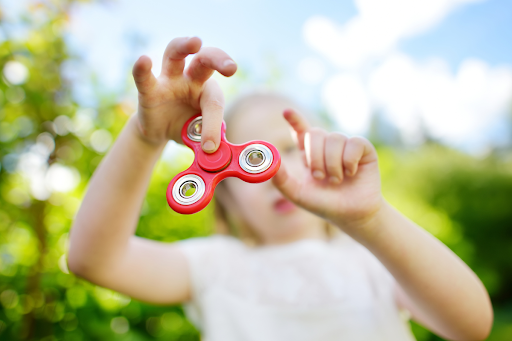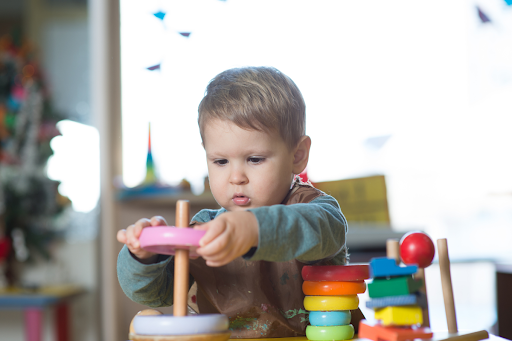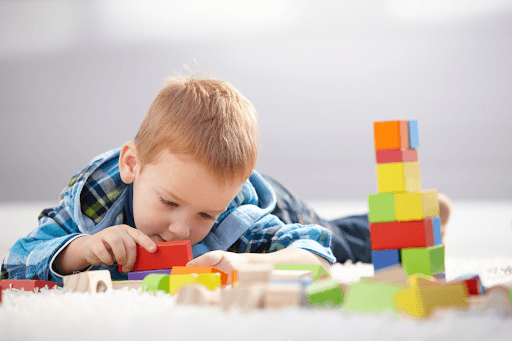
Memory is the foundation of all learning. From a baby’s first recognition of shapes to a toddler’s shout of “That’s a dog!” and all the way to mastering challenging lessons in school, memory is at the core. But here’s the exciting part: just as muscles get stronger with exercise, memory can also be trained and boosted. Let’s look at how to improve working memory in kids.
What is Working Memory in Young Learners?
Working memory is the mental “workspace” where we hold and process information for a short period of time. We need it for everyday tasks, like:
- Following instructions
- Remembering a phone number
- Keeping your place in a book while you read
- Solving a maths problem
- Having a conversation
- Making a decision
There are different kinds of working memory, each one suited for remembering specific things.
There’s photographic memory, where kids can vividly recall images, like remembering a book page by visualising it. Auditory memory is about retaining sounds or spoken words, vital for understanding spoken directions or remembering a song. Lastly, mnemonic memory involves using associations, such as rhymes or stories, for recall.
How to Improve Working Memory in Kids
Improving working memory in kids is essential for their cognitive development.
It’s about building a strong foundation for their brain’s ability to process, store, and recall information. Just like our muscles need regular exercise to stay strong, children’s brains need consistent practice and the right activities to improve working memory.
Later in this article, we’ll highlight specific exercises and activities you can do with your child to power up their memory muscles!
Benefits of Strengthening Memory in Kids
Improving memory in kids is more than just helping them remember names or facts. It’s about equipping them with skills that benefit them in lots of areas of life!
- Better concentration: As kids practise recalling things, their focus sharpens. For instance, they can better concentrate on a teacher’s lesson amidst classroom chatter.
- Attention to detail: A good memory helps kids be more observant. For example, they might spot the missing toy from their usual playset or remember the extra step in their bedtime routine.
- Enhanced cognitive skills: Memory games aren’t just fun. For instance, remembering sequences in a game can help them follow multi-step instructions in tasks like baking or crafting.
When to Start Memory Training?
It’s best to start memory training when kids are around one year old.
Starting young taps into children’s natural brain plasticity, laying a strong foundation for learning, fostering good habits, and giving them an edge in school due to their ability to recall information.
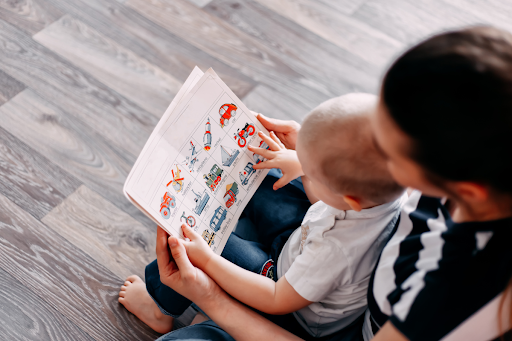
The Power of Flashcards: Boosting Learning and Working Memory in Children
Flashcards have always been a popular choice for helping kids learn and grow. Their impact on working memory exercises and strategies is really game-changing.
When children engage with flashcards, especially those flashed at high speeds, their entire brain is set into motion. This full-brain engagement is one of the potent working memory strategies and the foundation of the Shichida Method.
Explore our range of flashcards to use at home.
One of the primary advantages of using flashcards as working memory exercises is their role in enhancing memory retention.
As these cards are presented rapidly, they compel the brain to swiftly process and store the given information. This not only strengthens the neural pathways but also reinforces the development of long-term memory.
Repeated exposure to the material in quick successions ensures that the information is deeply ingrained, reducing the need for frequent revisions. In essence, flashcards not only make learning fun but also ensure that the learned concepts stay with the child for a longer duration.
Working Memory Activities for Kids: From Babies to Five Year Olds
Concentration (For ages 3 and up)
This classic card memory game, with sets featuring familiar shapes or favourite characters, helps children practise recalling the position of each card. It’s a great example of working memory activities for kids, as it requires both attention and recall.
Memory Tray (For ages 2 and up)
A simple tray with objects becomes a tool to boost visual memory. After viewing the objects, can your child remember what was placed there?
Beat the Drum (For ages 2-5)
An auditory working memory game where children repeat rhythms. This activity exercises their auditory processing system and sets a foundation for identifying various sounds, critical for reading and writing.
Magic Cups (For ages 3 and up)
With three cups and an object, children’s memory and attention are tested as the cups are shuffled, and they have to keep track of the object.
Early Learning Flash Cards (For babies and up)
Introduce concepts with visually appealing early learning flash cards. From simple shapes for infants to letters for toddlers, flash cards stimulate both hemispheres of the brain.
Rhyme Time (For ages 2-5)
Engage kids in singing rhymes and then pausing to let them fill in the missing words. It’s a fun way to boost auditory memory and linguistic skills.
Hide and Seek Objects (For ages 1.5 and up)
Hide a toy or object and give your child clues to find it. This not only sharpens their memory but also their problem-solving skills.
Story Chains (For ages 3-5)
Begin a story and let your child add on to it. This not only tests their memory as they have to remember the previous parts of the story but also sparks their creativity.
Simon Says (For ages 2.5 and up)
A classic game where kids need to remember and perform actions only when “Simon says” to. It’s a fantastic way to test their attention and recall abilities.
Pattern Blocks (For ages 2-5)
Using colourful blocks, create a pattern for your child to replicate. This activity promotes spatial reasoning and visual memory skills.
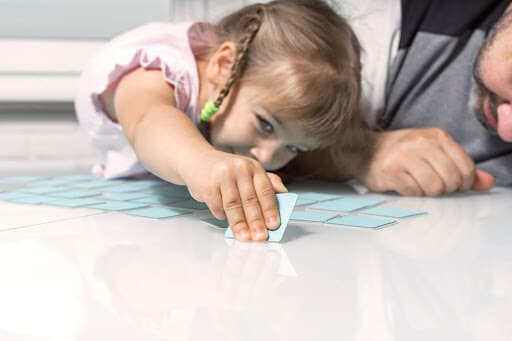
Shichida Australia Working Memory Activities
Explore these specially-curated activities and games from Shichida Australia, designed to supercharge your child’s memory skills.
Discover the fun way to learn up to 500 digits of Pi with Shichida Australia’s musical CD. Through catchy tunes, it boosts memory, enhances concentration, and activates the right brain.
With 15 engaging tracks, each split into 4-digit sections, mastering Pi becomes an enjoyable experience.
This is a working memory game to help kids remember lots of words. They use stories, like a chick driving a car, to link and remember the words better. As they play more, remembering gets even easier.
As children get the hang of it, there are Memory Chip 2 and Memory Chip 3 versions to further advance their memory skills and make recalling even more effortless.
Memory Training Mini Cards – Mr Right Brain
These are mini cards that help kids boost their photographic memory. Through various card games and guessing games, kids can strengthen their right brain’s senses. There are 28 different games in total, all aimed at enhancing right brain skills.
Exercise Can Also Strengthen Working Memory
Exercise has been identified as a positive booster for cognitive abilities in children. In a recent study, different types of exercises were examined to see how they impact various aspects of short-term memory, a core component of working memory.
One study involved kids from primary school participating in either a team game (considered an open-skill activity) or a structured circuit exercise (a closed-skill activity). Another group simply attended a regular class and served as a control.
The study found:
- Kids who did not engage in any exercise showed no improvements.
- Those who participated in the team game showed improved short-term memory across the board.
- However, children who took part in the structured circuit exercise showed improvements mainly in older age groups.
The takeaway? Keeping your child active, especially with team games, may enhance their working memory. This can be especially beneficial in a school setting and even offers potential benefits for children with learning challenges. So, consider incorporating more physical activities into your child’s routine! And remember, alongside exercise, ensuring proper nutrition and adequate sleep are also vital for supporting a child’s memory skills.
Working Memory Training for Children with Shichida Australia
Shichida Australia makes memory training both engaging and enjoyable for kids. Through a blend of stories, games, and songs, children enhance their memory capabilities without even realising it’s a lesson.
Our approach emphasises three core memory skills: photographic (capturing complete images), mnemonic (linking information), and auditory (remembering through sound).
Here’s some examples of what memory training looks like at Shichida Australia:
- Flashcards: Great for exposure to new ideas and topics.
- Matching Pictures: Kids look at multiple pictures and toys placed on a grid and then try to recall and match their positions.
- Songs and Rhythm : Using music to help remember concepts.
- Using Stories: For older kids, turning number strings into stories or pictures to remember them.
- Mandalas: Kids try to remember the colours and patterns they see.
- Big Challenges: Students recite Pi to hundreds of decimal places using music.
The Shichida Method introduces memory training exercises at times that are suitable for each child’s developmental stage.
Book a trial class at one of our early learning centres and see why so many families choose the Shichida Method of education for their children.
